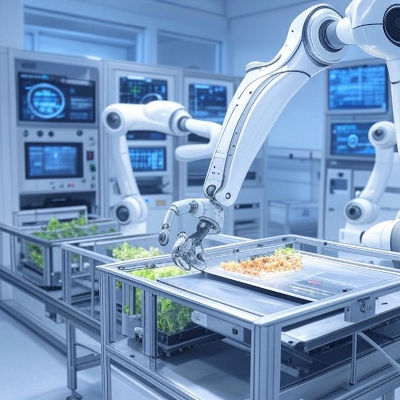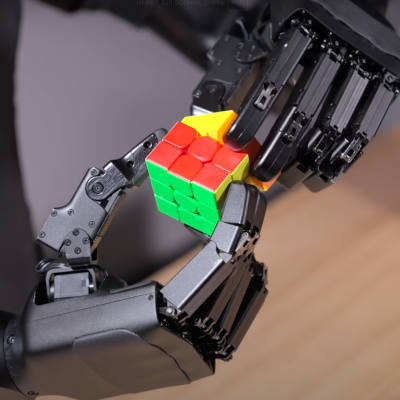Penn State researchers explore active matter to design tiny robots for drug delivery and environmental cleanup.
Stewart Mallory, a chemistry professor at Penn State, studies active matter. Active matter involves tiny particles that move on their own. His group focuses on microscopic particles, smaller than a human hair. They aim to control these particles to create new materials and devices. Their work could solve big problems like delivering medicine in the body or cleaning up tiny plastic pieces in the environment.
Mallory’s group published a paper in The Journal of Chemical Physics. They solved a problem in micro-engineering, called single file dynamics. It happens when particles move in a narrow space and cannot pass each other. Think of cars stuck in traffic on a narrow road. Mallory’s group created an equation to predict how far particles move in a set time. This helps design tiny robots that can travel through tight spaces, like blood vessels, to deliver medicine.
Understanding tiny traffic jams
A Penn State press release has a Q/A with Mallory. He notices single file dynamics in everyday life, like driving on a two-lane road. Cars cannot pass each other, just like particles in a narrow channel. Sometimes, traffic slows for no clear reason, called a phantom traffic jam. This happens because small changes in speed or spacing grow over time. Mallory saw similar clustering and slowing in his particle studies.
Before this, Mallory studied Phoretic Janus particles. These are tiny particles with two different sides, like a Roman god named Janus. One side pushes fluid, and the other pulls, making the particle move. His group learned to tune these particles by changing their chemical makeup. This lets them control where the particles go. The particles can use fuels like hydrogen peroxide or glucose to move. They are useful for tasks like carrying medicine to cancer cells or cleaning up harmful bacteria.
Mallory’s work also applies to building materials. The particles can self-assemble, meaning they form structures on their own. This could help create new materials at the microscale. Right now, his group develops theories and computer models to understand particle behavior in different settings. Their discoveries in active matter will help design tiny robots for medicine and environmental solutions, advancing the whole field.
Let us know your thoughts! Sign up for a Mindplex account now, join our Telegram, or follow us on Twitter.


.png)

.png)


.png)




0 Comments
0 thoughts on “Microscopic robots for big solutions”